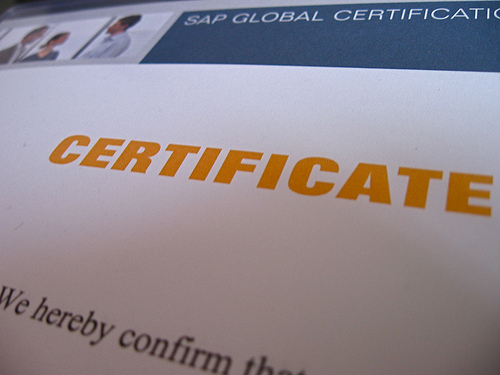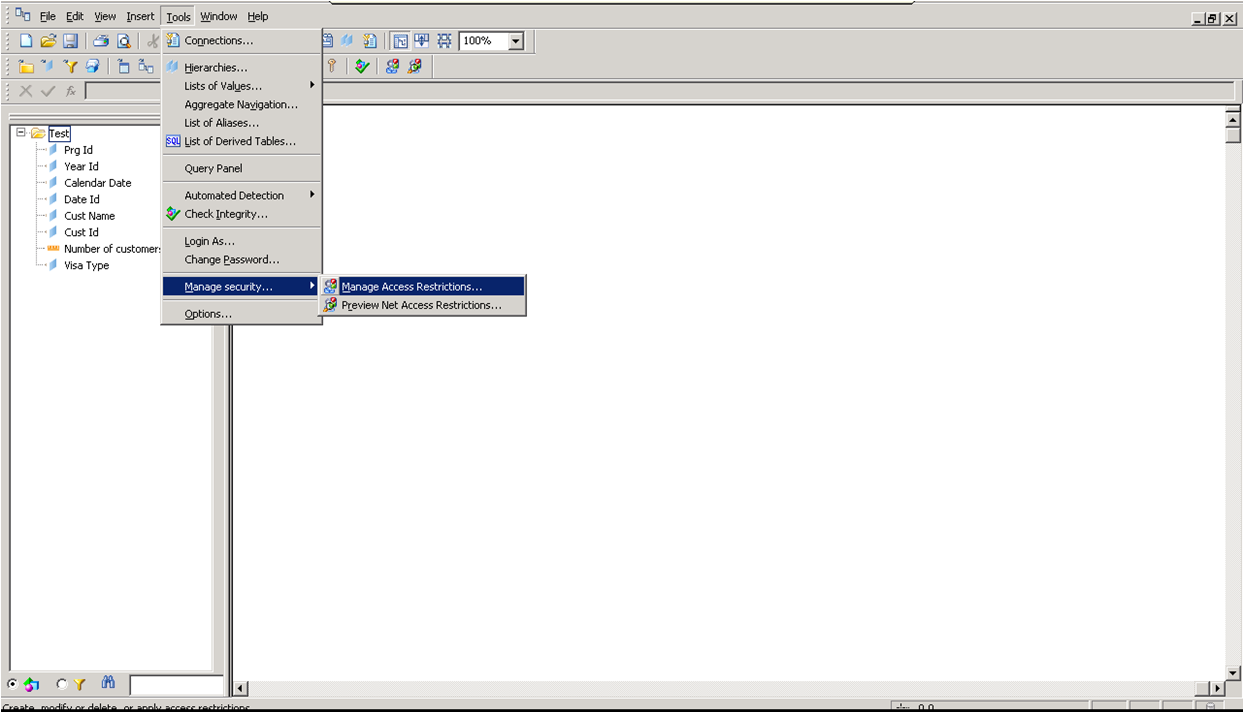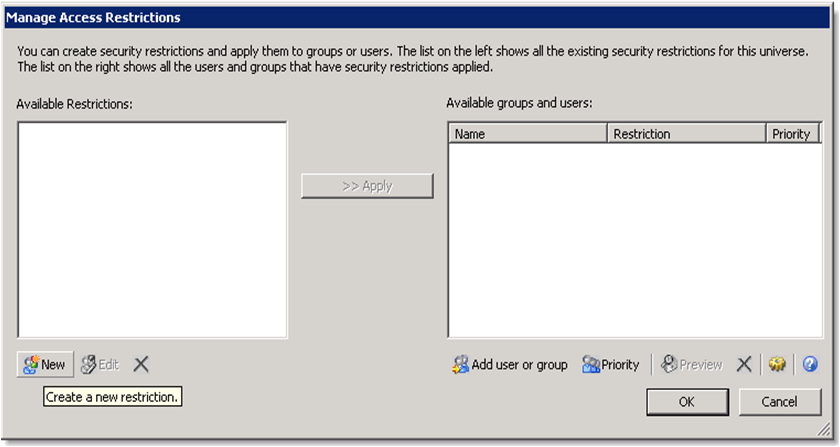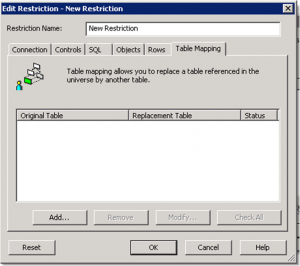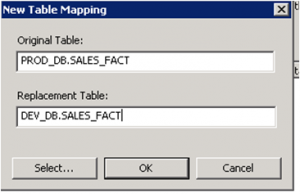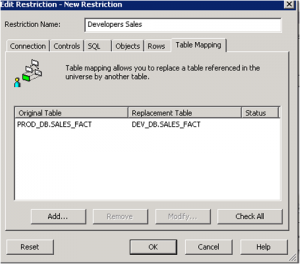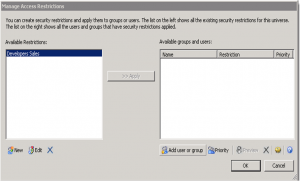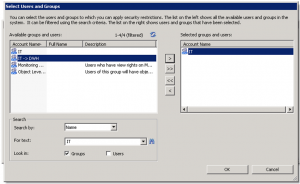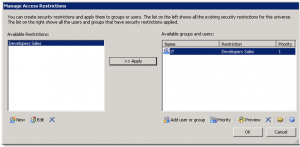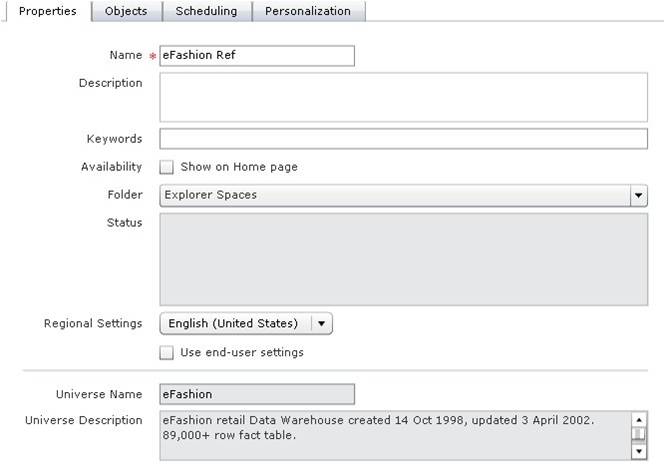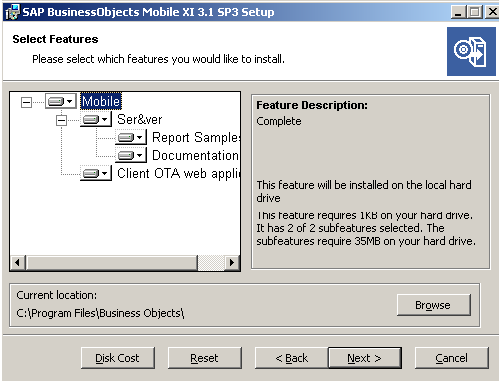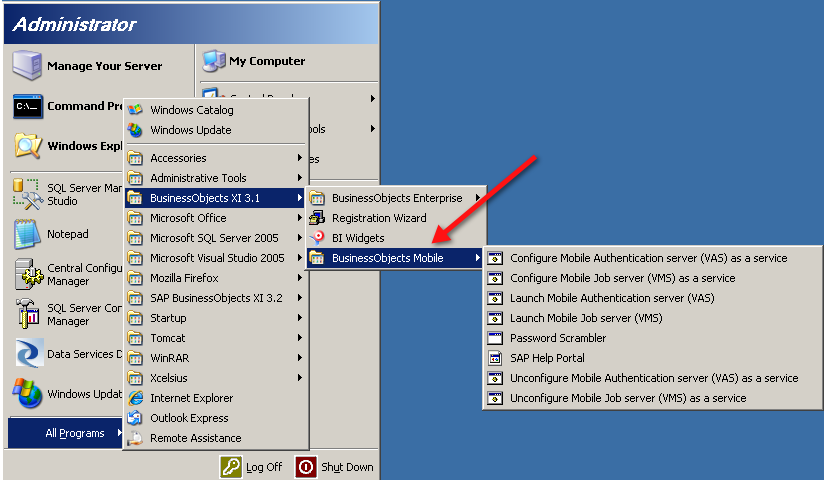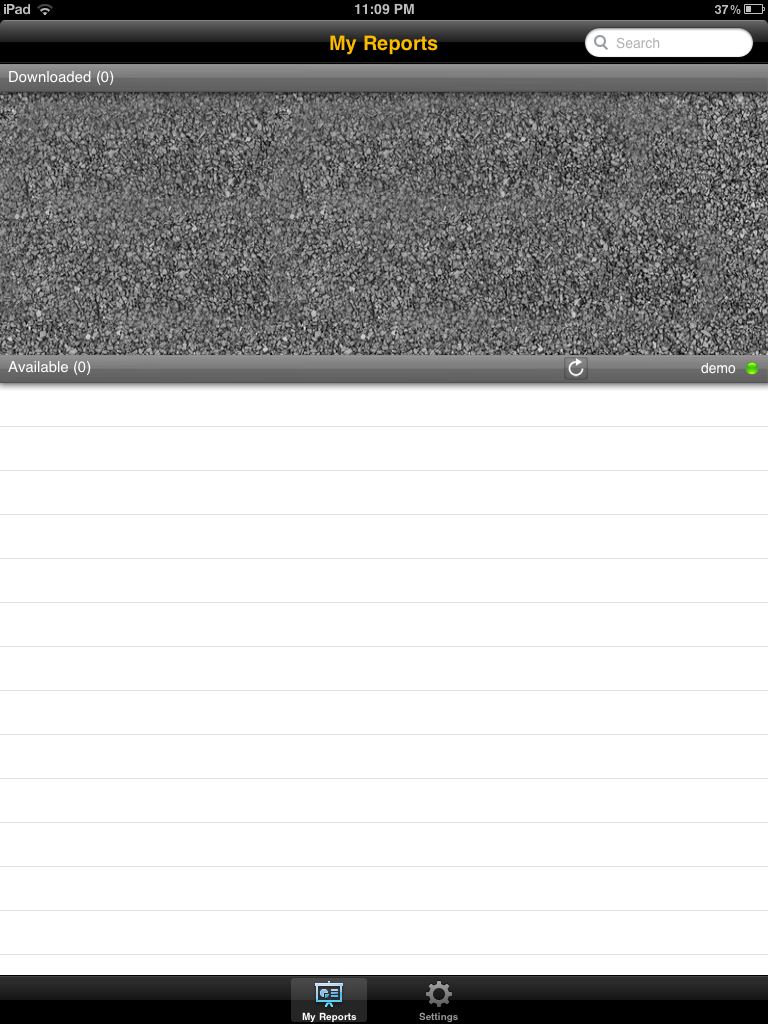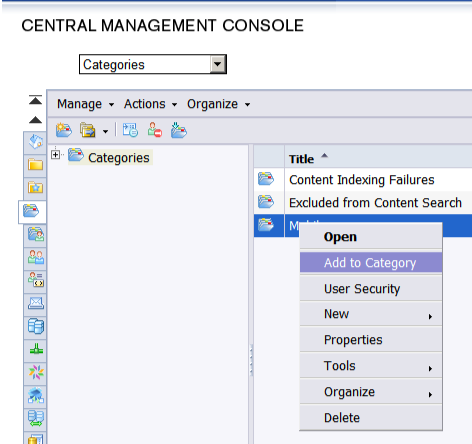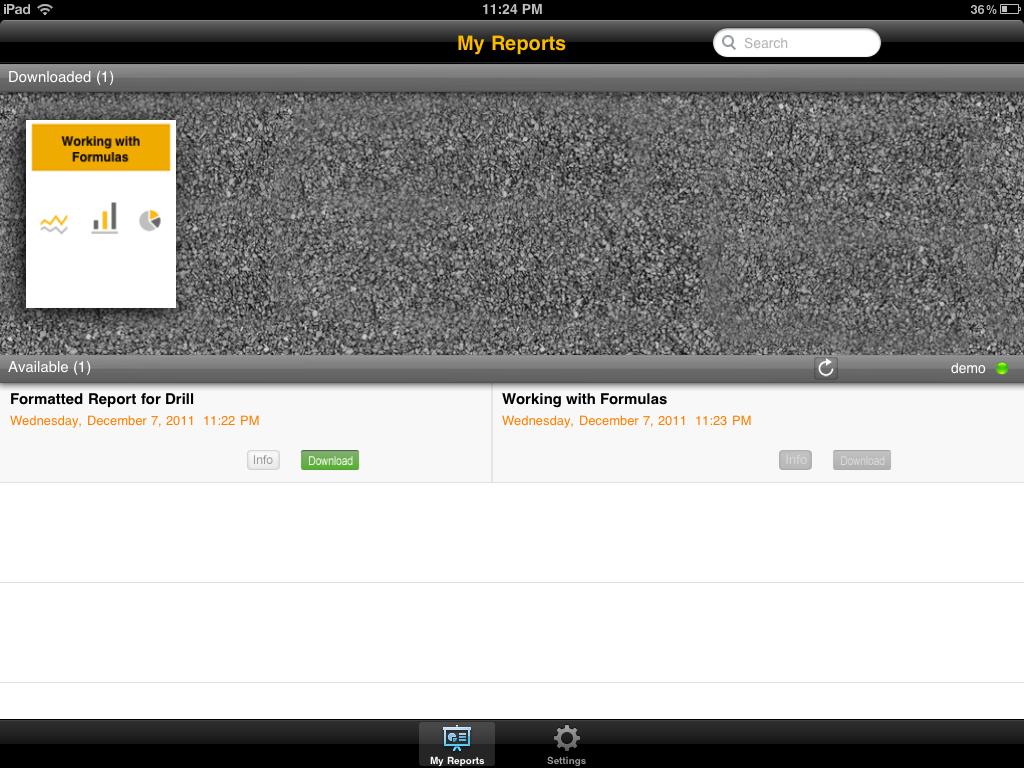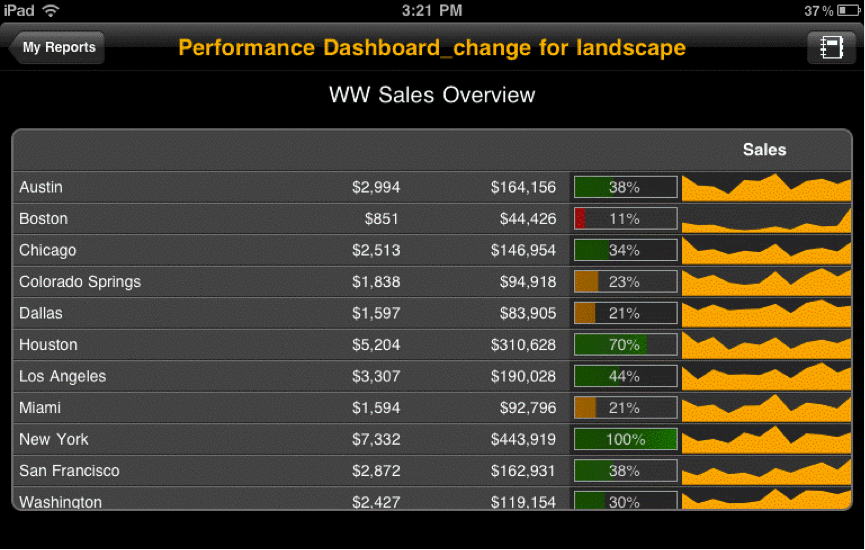Como parte del SAP Best Performance Challenge 2012, hemos llevado a cabo una entrevista con Marc Haberland, director gerente de Clariba, sobre los desafíos que enfrenta nuestra empresa, cómo los enfrentamos y cómo esto nos ha traído el éxito.
- ¿Cuál es el mayor desafío que ve hoy en el mercado y cómo lo está enfrentando su empresa?
Naturalmente, el estado de la economía global también ha tenido un impacto en nuestra empresa. Junto con el aumento de la competencia y la presión sobre las tasas de consultoría debido a la disminución del número de proyectos, nos enfrentamos principalmente con el retraso de los proyectos que fueron aprobados y la incapacidad de planificar con precisión como resultado. Esto nos ha requerido aumentar nuestros propios informes internos y reuniones de planificación de recursos más frecuentes combinadas con un control financiero más estricto.
En el lado positivo, los desafíos en el mercado también han requerido que nuestros clientes echen un vistazo más de cerca a la optimización de sus sistemas de inteligencia de negocios y procesos relacionados al elegir la mejor relación calidad-precio. Como resultado, hemos tenido mucho éxito en ayudar a las empresas a optimizar sus inversiones en BI y mejorar la asignación de recursos al ayudarlas a implementar centros de competencia de BI en lugar de BI descentralizado. Soluciones enfocadas como nuestra 360 Evaluación de BI, nuestras soluciones preempaquetadas que ayudan a los clientes a lograr un ROI más rápido, así como nuestro enfoque en certificaciones, capacitación y excelencia, nos han ayudado a construir un grupo de los mejores consultores de BI en el mercado: una clave para supervivencia y crecimiento continuo.
- ¿Qué procesos utiliza para la planificación de su negocio y para adaptar su plan a las condiciones actuales del mercado?
Como muchas empresas, comenzamos a administrar nuestro negocio con una hoja de Excel. Dada la necesidad de una mayor transparencia, control y presentación de informes durante los últimos 18 meses, Clariba ha realizado una gran inversión en una solución ERP y CRM basada en la nube. Esta solución que toca todos los aspectos de nuestra empresa ahora nos proporciona la información y los procesos que necesitamos para tener éxito. También hemos puesto un gran esfuerzo en los aspectos de BI para garantizar que tengamos la visibilidad que necesitamos para tomar decisiones rápidas. De hecho, tenemos varios clientes interesados en replicar algunas de nuestras soluciones de informes internos, como nuestro panel de administración de proyectos de BI que incluye análisis de valor ganado y más.
- ¿Cómo percibe el plan de marketing utilizando herramientas interactivas en línea como redes sociales, redes sociales, blogs u otros medios digitales?
Las redes sociales en nuestro negocio donde tratamos con una interacción B2B todavía están en sus primeras etapas. Sin embargo, detrás de cada empresa con la que trabajamos o buscamos, encontramos un grupo de personas increíbles que desean interactuar, sentirse atendidos y construir una relación de confianza a largo plazo en beneficio de la empresa para la que trabajan. Por esta razón, hemos adoptado las redes sociales desde aproximadamente 2008 con artículos de blog, tweets, perfil de linkedin y recientemente nuestro propio canal de YouTube. Para una empresa de consultoría, somos muy activos en las redes sociales. De hecho, recientemente, el equipo de redes sociales de SAP invitó a Clariba a hablar sobre el éxito que hemos tenido con las redes sociales y las mejores prácticas que recomendamos a otros socios de SAP.
- ¿Cómo ayuda el Reto del Mejor Desempeño a su empresa y a sus empleados?
Creo que el Best Performance Challenge es una excelente iniciativa, ya que ha reunido a un equipo multidisciplinario de Clariba para competir de una manera divertida y atractiva. ¡No pasa una semana sin que nuestro equipo vea los resultados actuales y nuestra posición! Pero no solo es una experiencia divertida, sino que ha obligado a muchas personas diferentes de la organización a detener su actividad cotidiana y centrarse en una pregunta específica, aprender y proporcionar nuevos impulsos que finalmente servirán a Clariba y nuestra relación con SAVIA. Necesitamos evolucionar y debemos continuar aprendiendo. ¡El Mejor Reto de Rendimiento nos ha permitido hacer exactamente eso!







